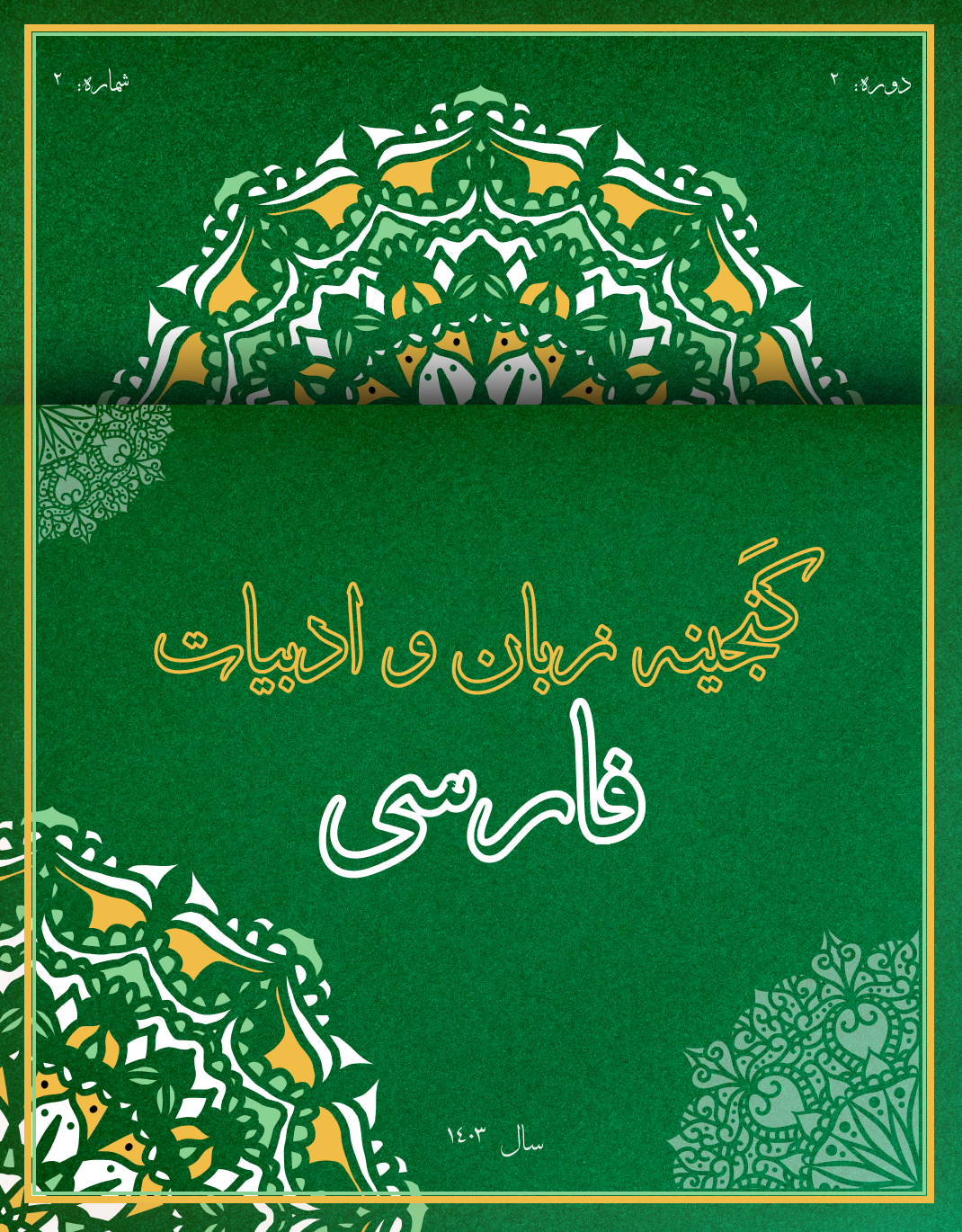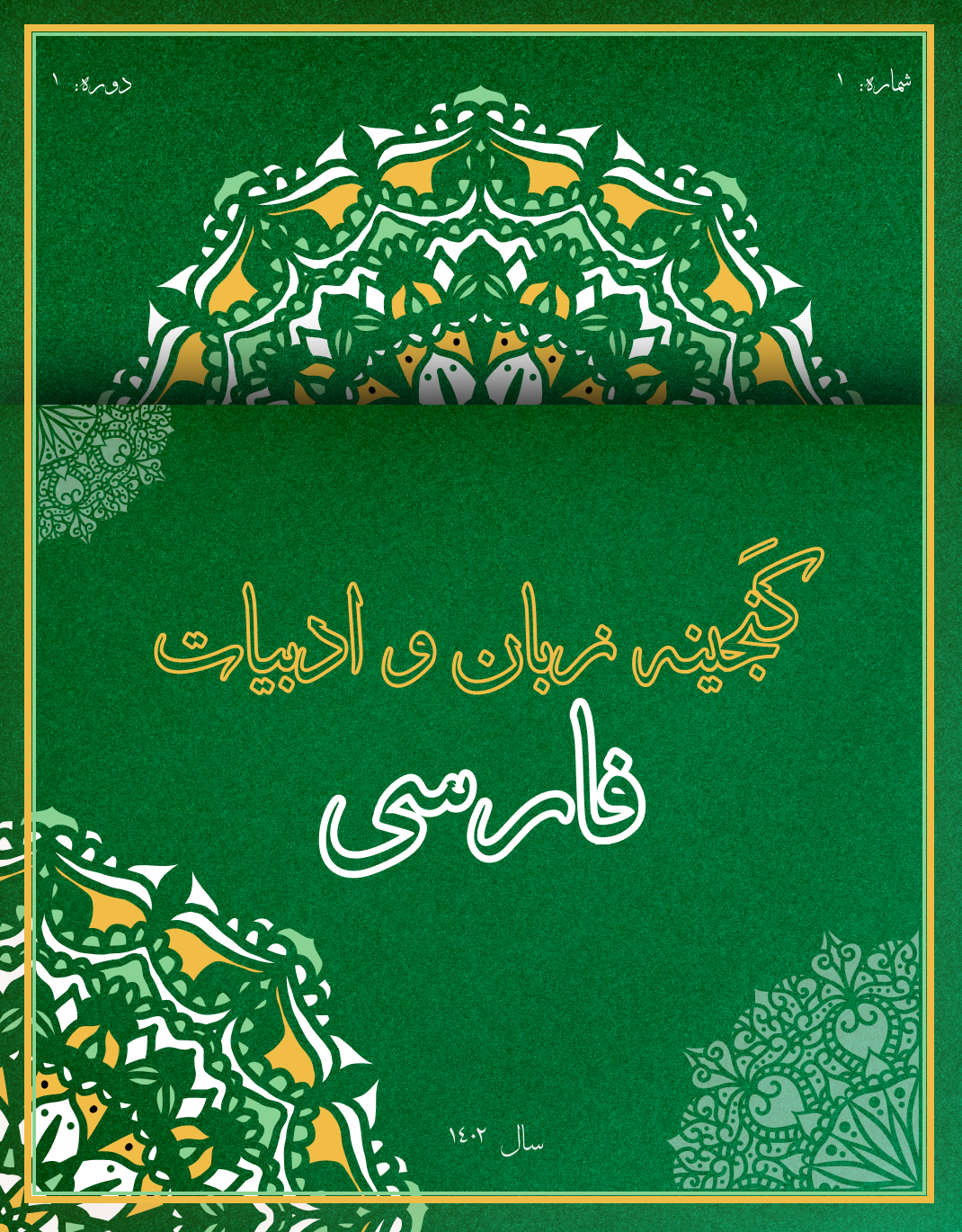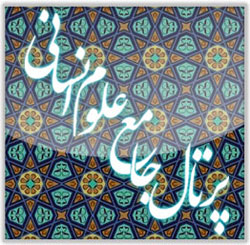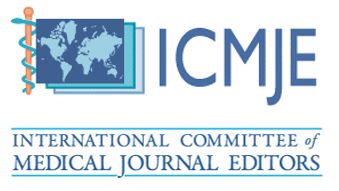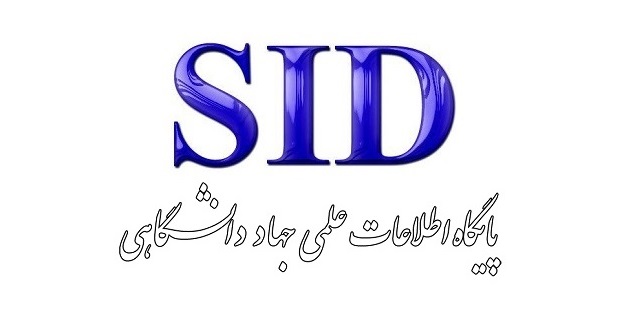Application of Semiotics in Analyzing Shamloo Langaroudi’s Poetry: Examining Social and Historical Metaphors in Representing Identity Crises
Keywords:
Shams Langroudi, semiotics, identity crisis, social metaphors, historical metaphors, semiotic analysis, contemporary Persian literatureAbstract
This study aims to conduct a semiotic analysis of the poetry of Shams Langroudi, examining how identity crises are represented through social and historical metaphors and symbols. Shams Langroudi, by employing these elements as tools to reflect social, cultural, and historical realities, conveys collective and individual identity crises within Iranian society. Using semiotic theoretical frameworks, including the theories of Roland Barthes, Charles Peirce, and Jacques Lacan, this research explores metaphors such as “soil,” “home,” “sword,” and “sky” in Langroudi’s poems, which encapsulate profound meanings related to collective and individual identities. Findings reveal that Langroudi, through these metaphors, effectively represents societal contradictions and complexities, illustrating the struggles associated with the rapid social changes and historical transformations impacting Iranian identity. Furthermore, this study underscores the efficacy of a semiotic approach in unveiling hidden meanings within Langroudi’s poetry, offering a deeper understanding of identity crises and societal challenges in contemporary Iran. The article also compares these findings with previous studies and suggests avenues for future research on semiotic analysis in modern Persian literature.
